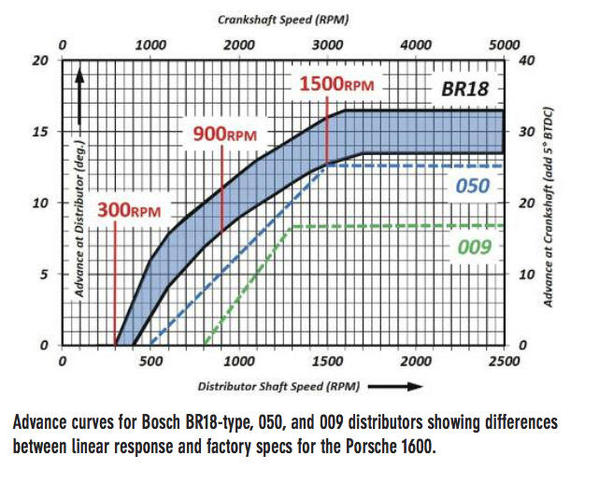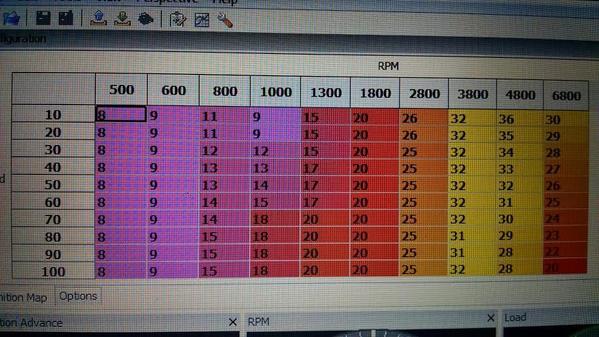Ive got another thing that bugging me. So thought you guys may have the answer??
Im using the Mallory Unilte distributor (I know some of you don't like these but mine been good) at present. When the car went on the dyno, the guys were limited with what they could achieve with the distributor apart from dialing in the timing.
I searched for the Mallory Spring kits etc prior to the dyno but everyone was/is out of stock. Both here in the U.K. and your neck of the woods, USA.
When l bought it from Jake he told me he set the springs to suit the type4 and l never checked to see what colour springs he fitted. Looking into the Mallory l have, I've got one red spring and one Grey. Is this right??? I was told the normal type 4 motor settings have x2 greys springs which equates to mechanical advance 20 degree and static 10 degrees.
Anybody know what curve l have with one red spring and one grey spring?? Or is this what it would have left Jakes shop with??







